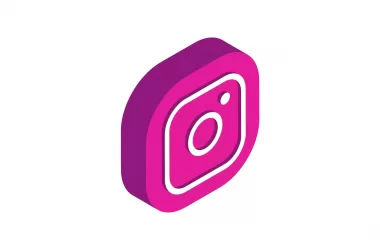According to the report by counterpoint, India’s smartphone shipments grew 9% YoY to reach over 53 million units in Q3 2020. This is the highest-ever shipment in a quarter for the Indian smartphone market. The push from the brands coupled with the pent-up demand due to the lockdown and strong sales on online platforms led to this growth.
Xiaomi continued to dominate Indian market for three consecutive years. Now Samsung reclaims it’s No:1 spot in India with a very little margin. According to the report This strong performance was the result of multiple strategies, including effective supply chain and touching various price points through new launches. Samsung’s aggressive push in online channels, with highest ever online contribution within its portfolio, also helped it regain its number one spot.
Full report here
- Samsung became the leading brand in the India smartphone market after two years with 32% YoY growth. It was also the fastest to recover, surpassing the pre-COVID levels in Q3 2020. This strong performance was the result of multiple strategies, including an effective supply chain and touching various price points through new launches. Samsung’s aggressive push in online channels, with the highest-ever online contribution within its portfolio, also helped it regain its number one spot. Xiaomi slipped to number two position for the first time since Q3 2018 with a 4% YoY decline. Manufacturing constraints due to the COVID-19 situation affected its supply chain, leading to a supply-demand gap. With ramped-up manufacturing, strong demand for the Redmi 9 and Note 9 series, aggressive product strategy, and growing offline presence, we believe Xiaomi will come back strongly in the coming quarter.
- vivo grew 4% YoY and retained its third position in Q3, driven by strong demand for its Y-series models in offline channels. In Q3 2020, it entered the premium market with the X50 series and was the first OEM to launch a gimbal camera that got positive feedback from consumers.
- realme also grew 4% YoY in Q3 2020 as it was able to manage supply issues with increased production. It focused on the budget segment with multiple C-series launches to leverage the pent-up demand. Its Narzo series also gained significant attention and was a successful addition to its portfolio. realme shipments grew 52% YoY in the mid-tier segment, driven by the realme 6 and 7 series. It also retained its leadership position on Flipkart.
- OPPO shipments grew 30% YoY in Q3 2020, driven by the demand for its budget segment devices, the A12 and A11k, as well as a good performance of the recently launched A52, A53 2020, and F15 in the offline segment.
- Poco crossed 1 million smartphone units for the first time, driven by its new launches – M2, M2 Pro, and X3.
- Transsion Group brands (Itel, Infinix, and Tecno) regained their market share in Q3 2020, registering 73% YoY growth. Transsion brands remained strong in Tier 3 and Tier 4 cities, and rural India, capturing the fourth position in the overall handset market. It got a spot in the top 5 brands in the budget segment (INR 6,000 – INR 10,000 ~$80-$135), driven by the newly launched Tecno Spark 6 Air and Itel Vision 1. It recaptured its number one smartphone brand status in the entry-level sub-INR 4,000 (~$ 55) price segment, driven by the Itel also remained the #1 feature phone brand during the quarter.
- Apple led the premium segment (>INR 30,000 ~$400) surpassing OnePlus even before its flagship launch, driven by strong demand for its iPhone SE 2020 and the iPhone 11. Its upcoming flagship iPhone 12 will further strengthen its position in the coming quarter.
- OnePlus remained the top brand in the affordable premium segment (INR 30,000-INR 45,000 ~ $400-$600), driven by OnePlus 8 sales. It re-entered the upper mid-tier (INR 20,000 – INR 30,000 ~ $270-$400) with its Nord series and the OnePlus Nord became the best-selling model within the segment in the initial quarter of launch.
A Basic Customs Duty (BCD) of 10% was announced on display modules and touch panels, which will be effective from the next quarter. This move by the Indian government will impact the cost of production since displays are majorly imported. But it will boost the overall handset manufacturing ecosystem and local sourcing contribution in the long run.



